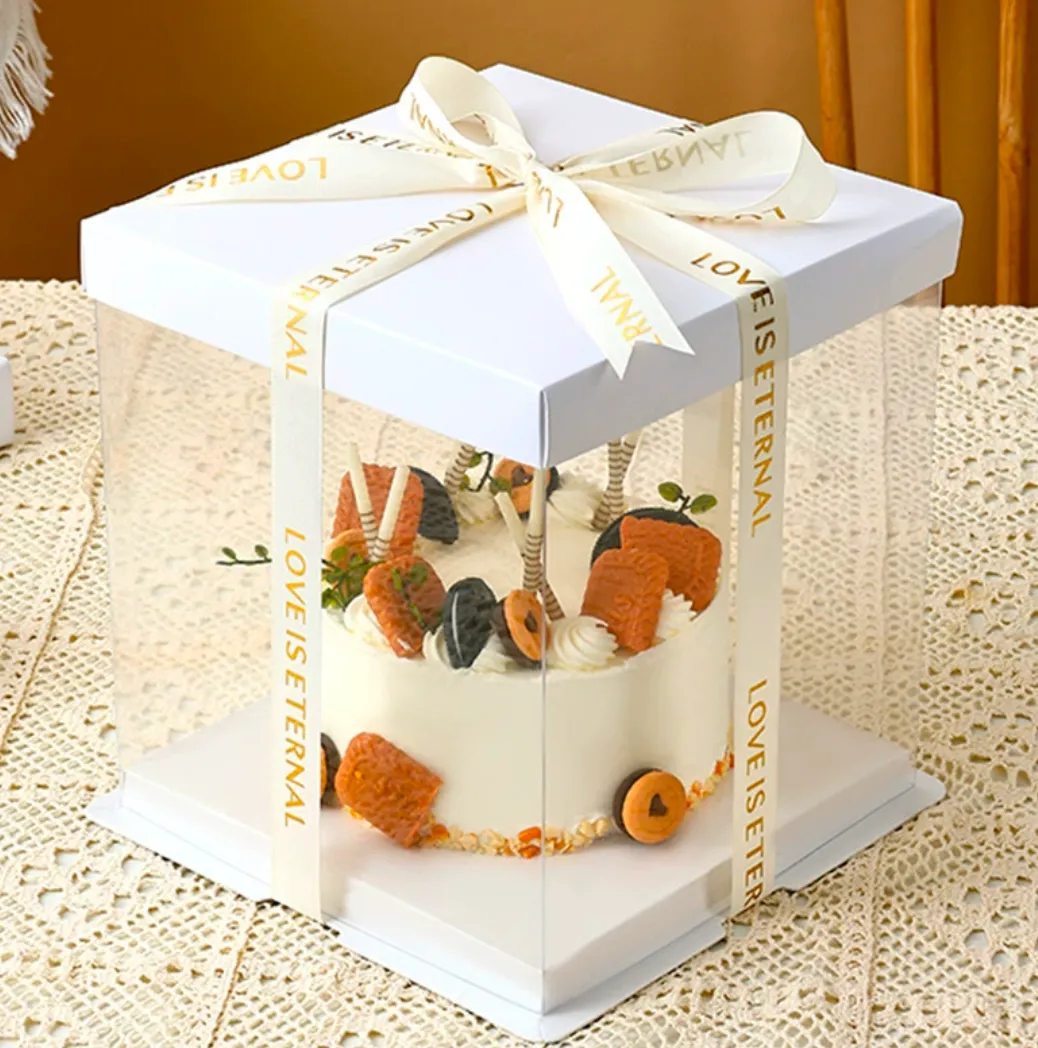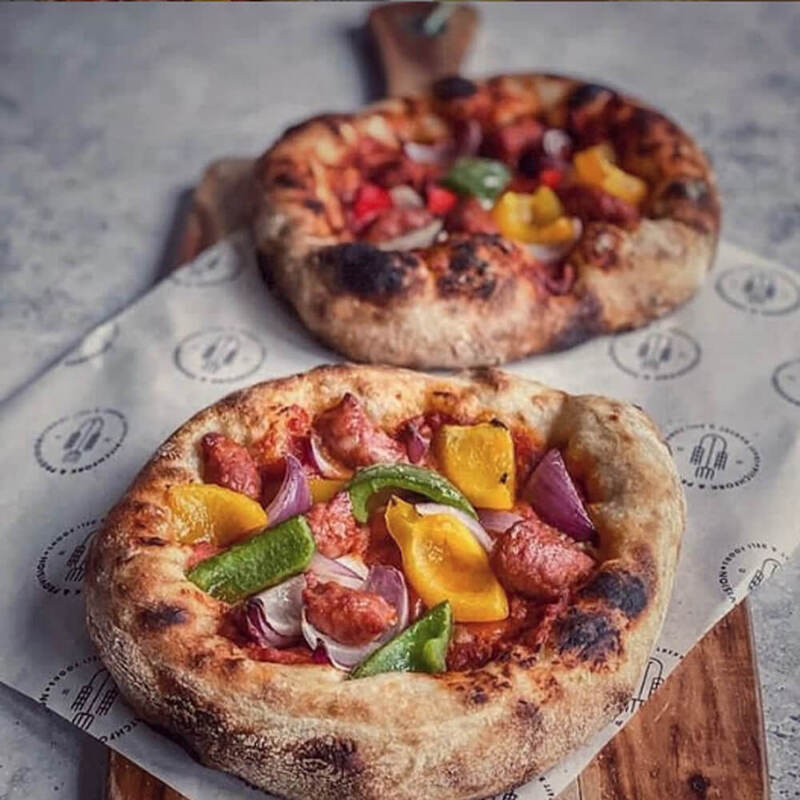For individuals involved in art, photography, or collecting, the choice of backing board is not merely a mundane decision but one that significantly impacts the presentation, preservation, and overall quality of their treasures. Having dealt with numerous products in this field, both as a user and an advisor, I aim to elucidate the multifaceted role of backing boards, leveraging firsthand experiences and professional expertise that underscore their worth.

A backing board serves as a foundational element for artworks and photographs within frames, but its significance extends beyond mere support. Quality backing boards offer a protective barrier against environmental factors such as humidity and dust, which can otherwise damage delicate images and art pieces over time. The choice of materials in a backing board can substantially affect these protective qualities. Acid-free boards, for instance, are essential for conservation purposes, ensuring that your prized possessions remain pristine and unblemished, free from chemical degradation.
Among various options, foam core boards stand out for their lightweight nature and ease of handling, making them ideal for large installations and exhibits. Conversely, corrugated backing boards, renowned for their durability, are perfect for shipping purposes, ensuring that artworks and photographs reach their destination intact and without compromising their integrity. However, my professional recommendation always leans towards archival-quality backing boards for those seeking long-term preservation. These are crafted to resist aging, providing a safe environment for your works, and ensuring they can be enjoyed by generations to come.

The expertise in selecting the appropriate backing board is further nuanced by understanding its role in aesthetic presentation. For instance, rigid and flat backing boards prevent buckling and wrinkles that can detract from the visual appreciation of prints and canvases. Furthermore, black backing boards are often employed to enhance contrast, particularly in gallery settings or exhibitions, drawing the viewer's eye and augmenting the colors and details of the subject.
backing board
In my years of experience, another critical consideration I've encountered is the environmental impact of these products. There is a rising demand for eco-friendly backing boards. For those conscientious about sustainability, recycled boards present a viable alternative without sacrificing quality. Manufacturers are increasingly adopting green practices, producing backing boards that meet environmental standards while maintaining their protective virtues.
Credibility in this domain hinges on understanding and employing the standards set by leading authorities in art conservation. Brands and products that adhere to conservation guidelines from bodies like the Fine Art Trade Guild or comply with ISO standards regarding quality management systems earn a reputation for trustworthiness. Therefore, artists, collectors, or even casual enthusiasts should seek backing boards with certified labels when available.
One cannot overlook the testimonials and feedback from both peers and industry experts when selecting a backing board. These reviews provide valuable insights into real-world performance, offering practical advice beyond the specifications and sales pitches. Products that receive consistent acclaim from critics and users alike tend to deliver on their promises, combining durability, aesthetic enhancement, and protection.
In summation, the quest for the perfect backing board is a journey that intertwines practical knowledge, aesthetic considerations, and a commitment to preservation. By prioritizing quality materials, adhering to conservation standards, and incorporating environmental consciousness, one can ensure both the immediate and lasting safeguarding of their artistic investments. As someone deeply entrenched in this field, I can attest that these values fortify not just the artifacts they protect but also the legacies they preserve.



